Berlin, 29 September 2006
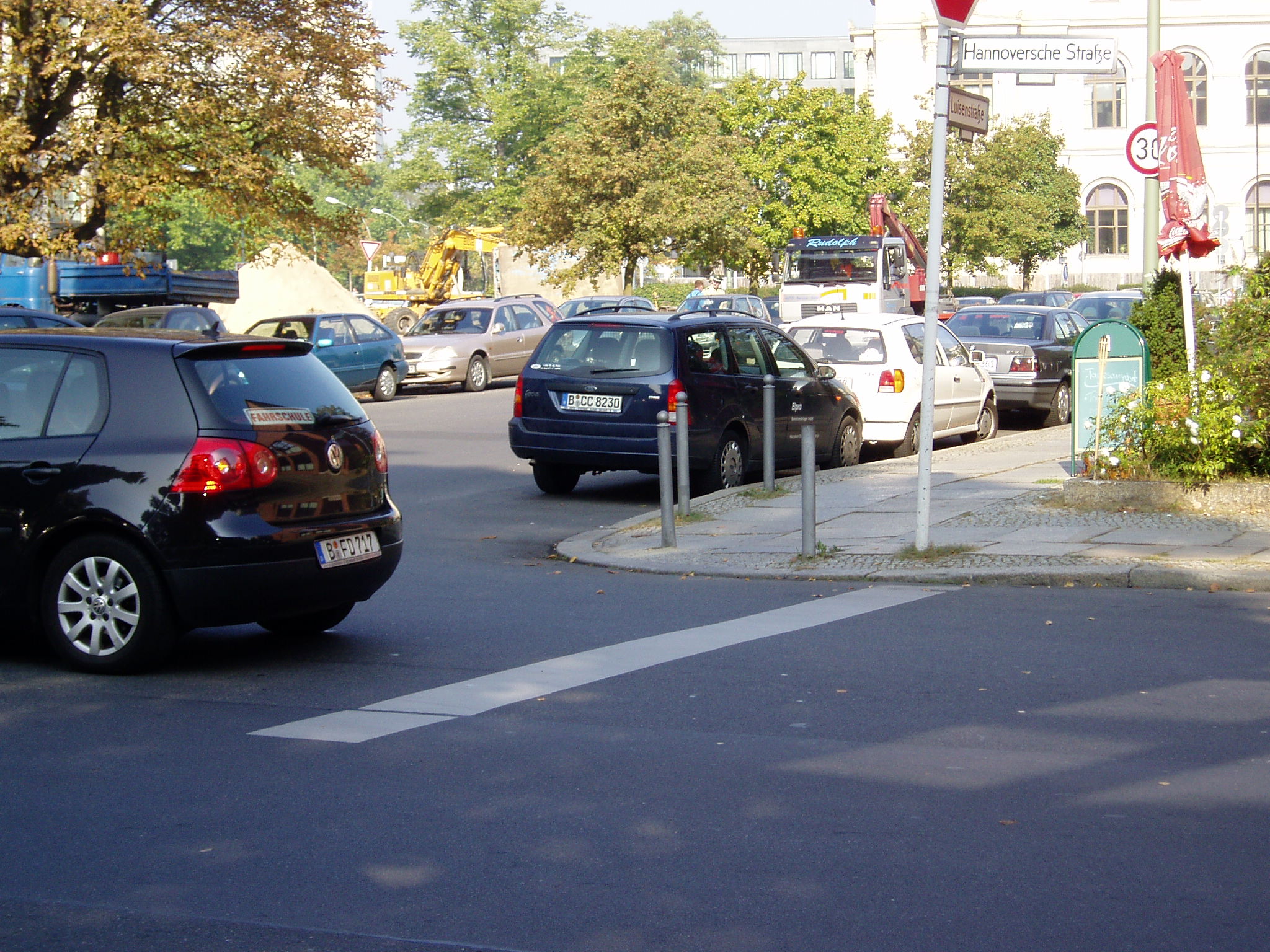
I receive my first message while I am between Charitè and the Reichstag, following a visit to the Hamburger Bahnhof. It surprises me because I know the game doesn’t open until 12. I have to stop to catch up with myself. The message is just a reminder that I have picked up my drum. I still want to play the drum, but am somewhat caught in my own precarious context. The hospital I stand in front of is too strong a site for the game to contend with. I move on.
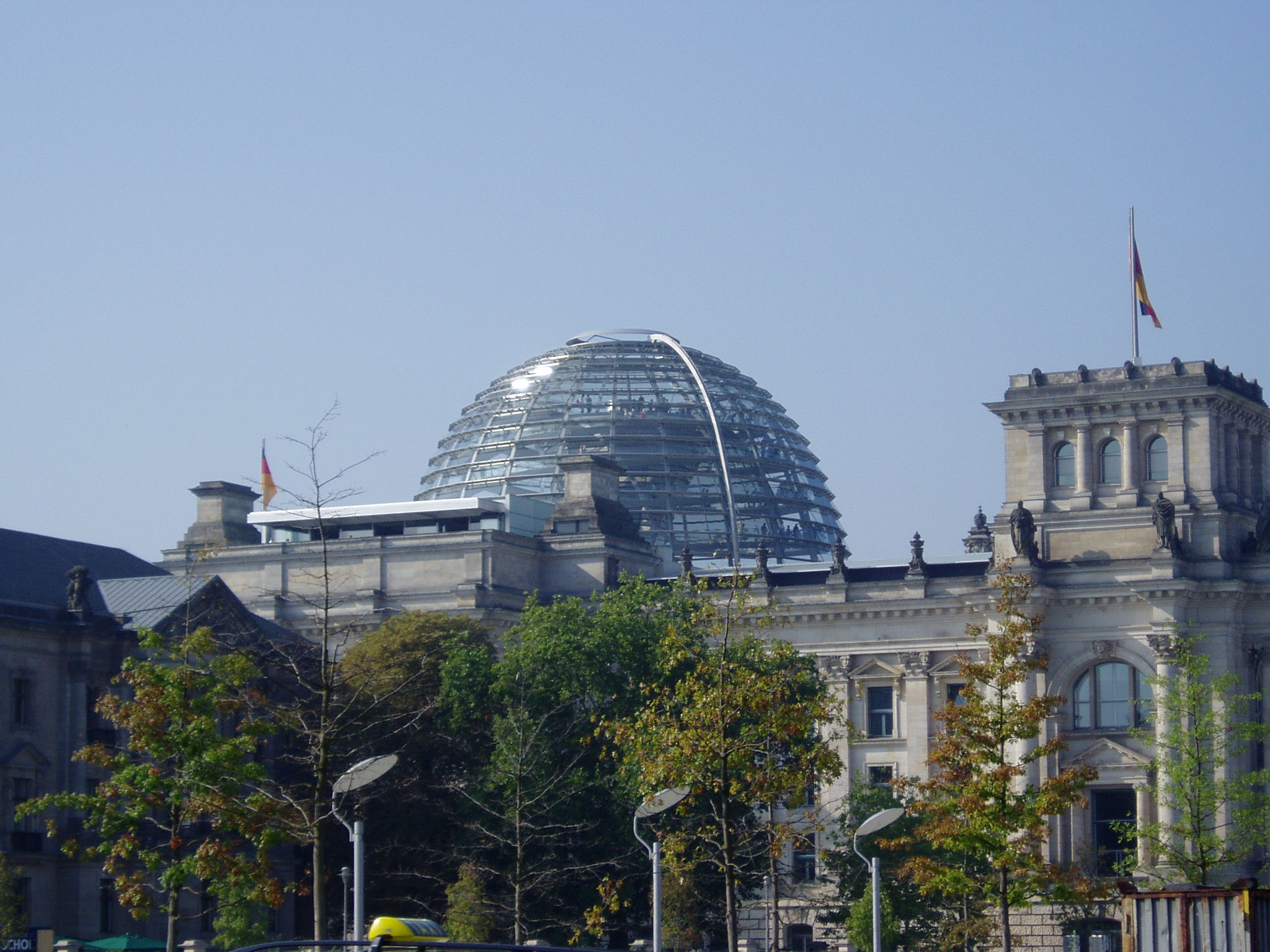
Shortly afterwards, I receive a second message, recalling the canal setting I described yesterday. Strangely, I have just crossed the Spree and I can see the Reichstag through traffic. The two worlds I am in are in strong dialectical tension. I do not perceive a cultural difference, though, between the language, and the architecture I face. Somehow, they belong to the same (postmodern) world I am in. But there is a tension. Verfremdung again – one looks different ‘through’ the other. This is what, I think, art is about.
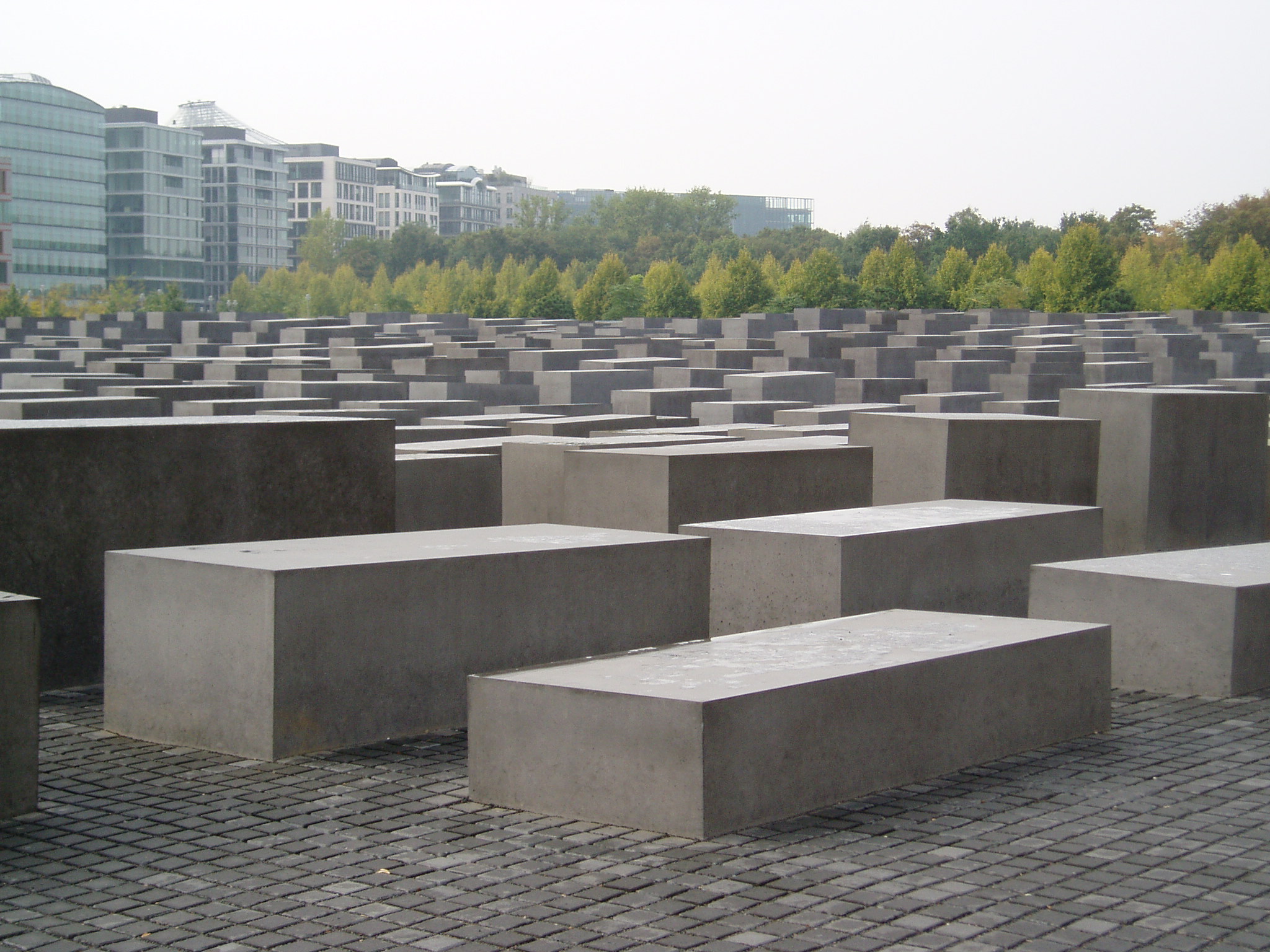
The plan this morning is to reach the Potsdamer Platz via Eisenman’s Holocaust Memorial, which I have never seen. This is partly to explore Eisenman’s use of presence and absence within this work, and partly to immerse myself in Berlin’s history and, as a German, confront the past of my nation. As I walk through the narrow pathways separating the coffin-like pillars of this extraordinarily site, never losing sight of the outside world, never being entirely immersed within its complex, profoundly destabilising structure, my phone rings. The game tells me it is closed. I find this quite ironic. The people I bump in, however, can obviously find no meaning in my smile.
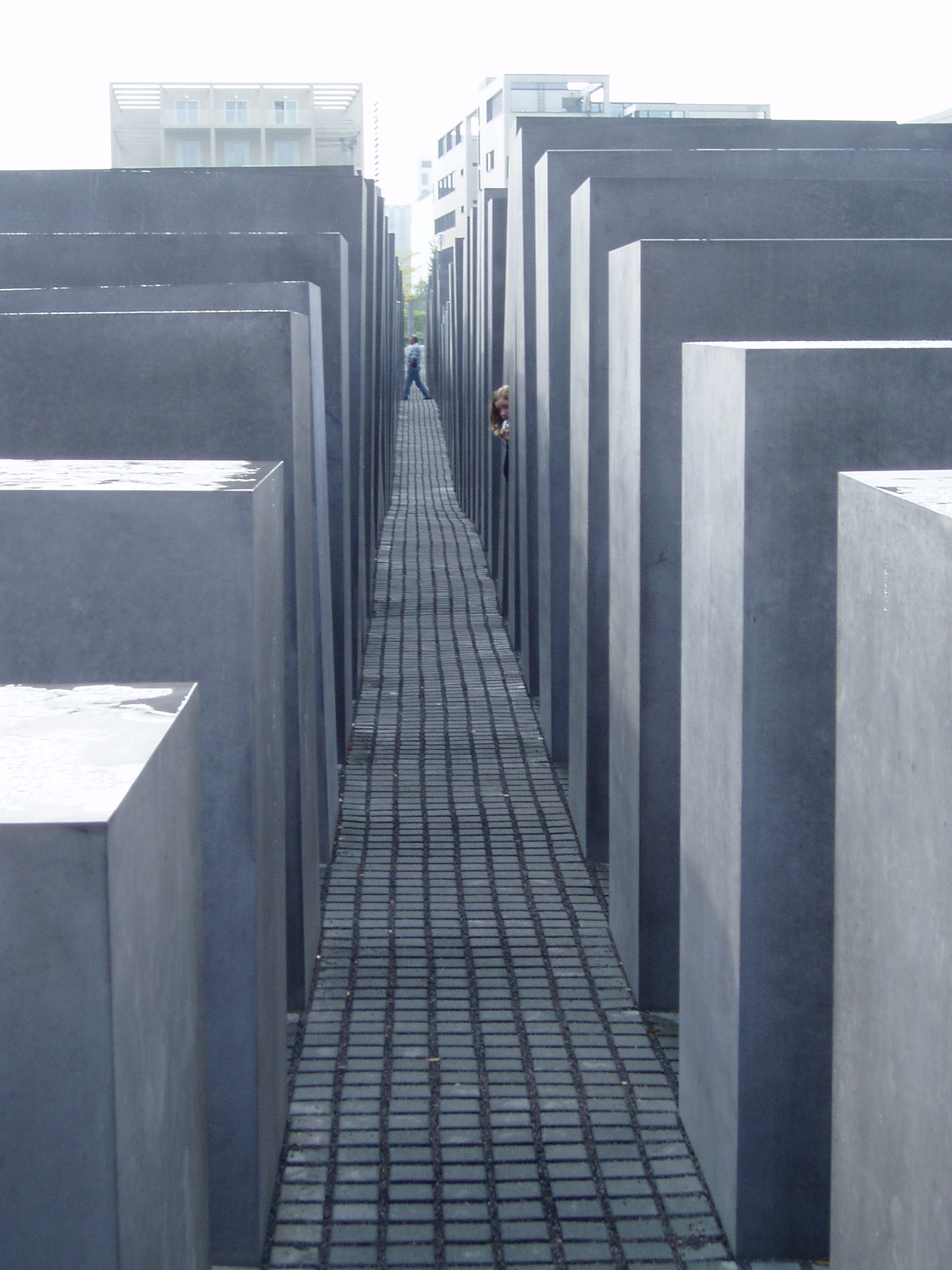
I realise that there are uncanny similarities between the ‘dramaturgy’ of this site and the fundamental structure of Day of the Figurines. These have to do with the careful intertextual juxtaposition of different spatio/temporal layers. Both works are ‘immersive’, or perhaps I should say ‘engaging’, precisely because they operate at the level of an intertextual tension between one’s own presence and an ‘essential’ absence.
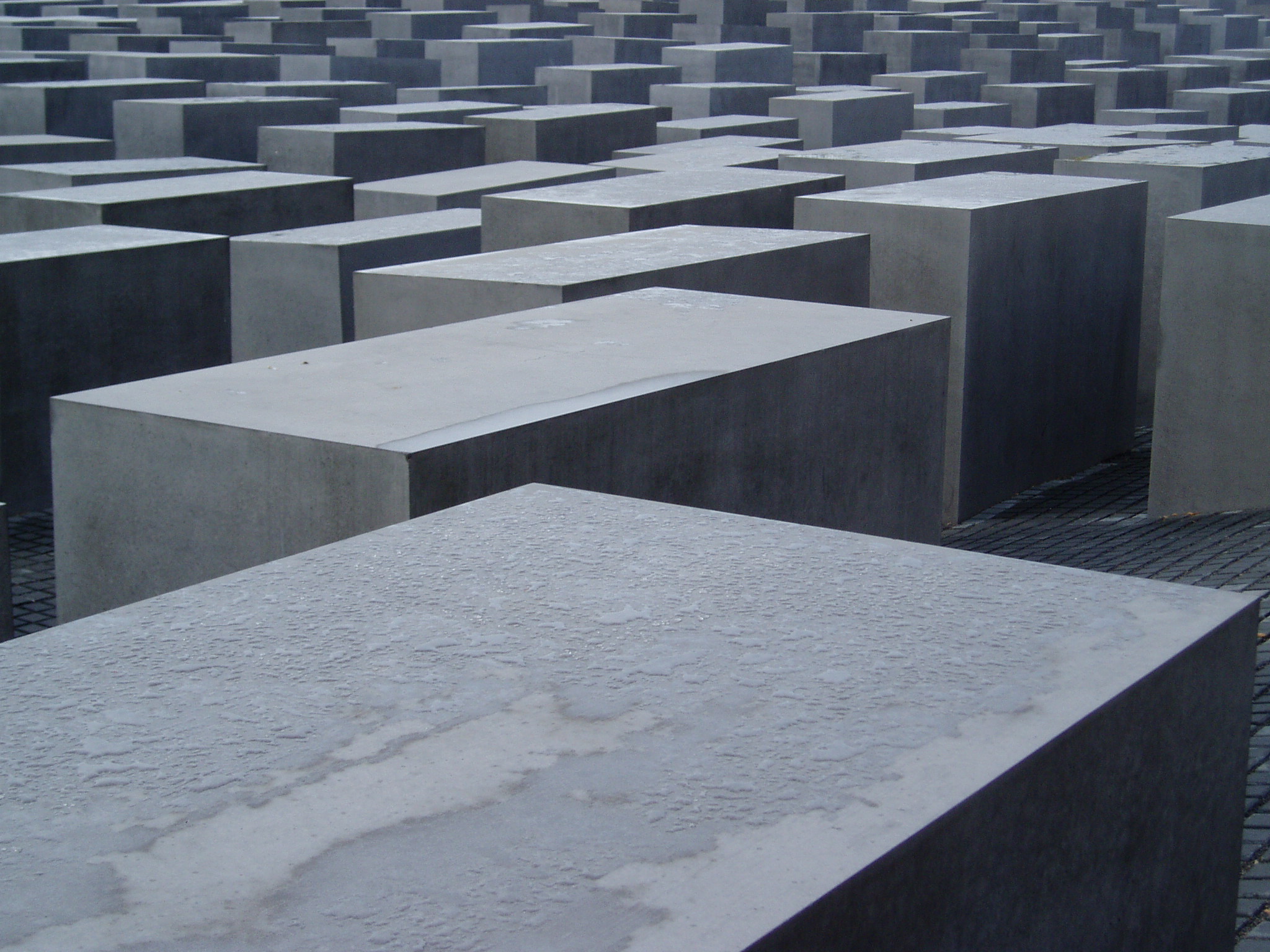
The Holocaust Memorial is located in a square, a piazza, built to be traversed. While we do so, we become more and more, absorbed into it – quite literally, the ground sinks under our feet, we disappear between the buildings only to re-emerge, without catharsis, from the other end. Likewise, Day of the Figurines is seemingly a city built to be inhabited. The longer we spend in it, the more we become familiar with its structure, its people, its objects, dilemmas and missions. Both the Memorial, and the game are encountered as traversable, navigable spaces. Yet both are primarily constituted by performative and intertextual hubs. Both works play on immanence yet both also continuously estrange and reposition oneself from one’s own everyday context.
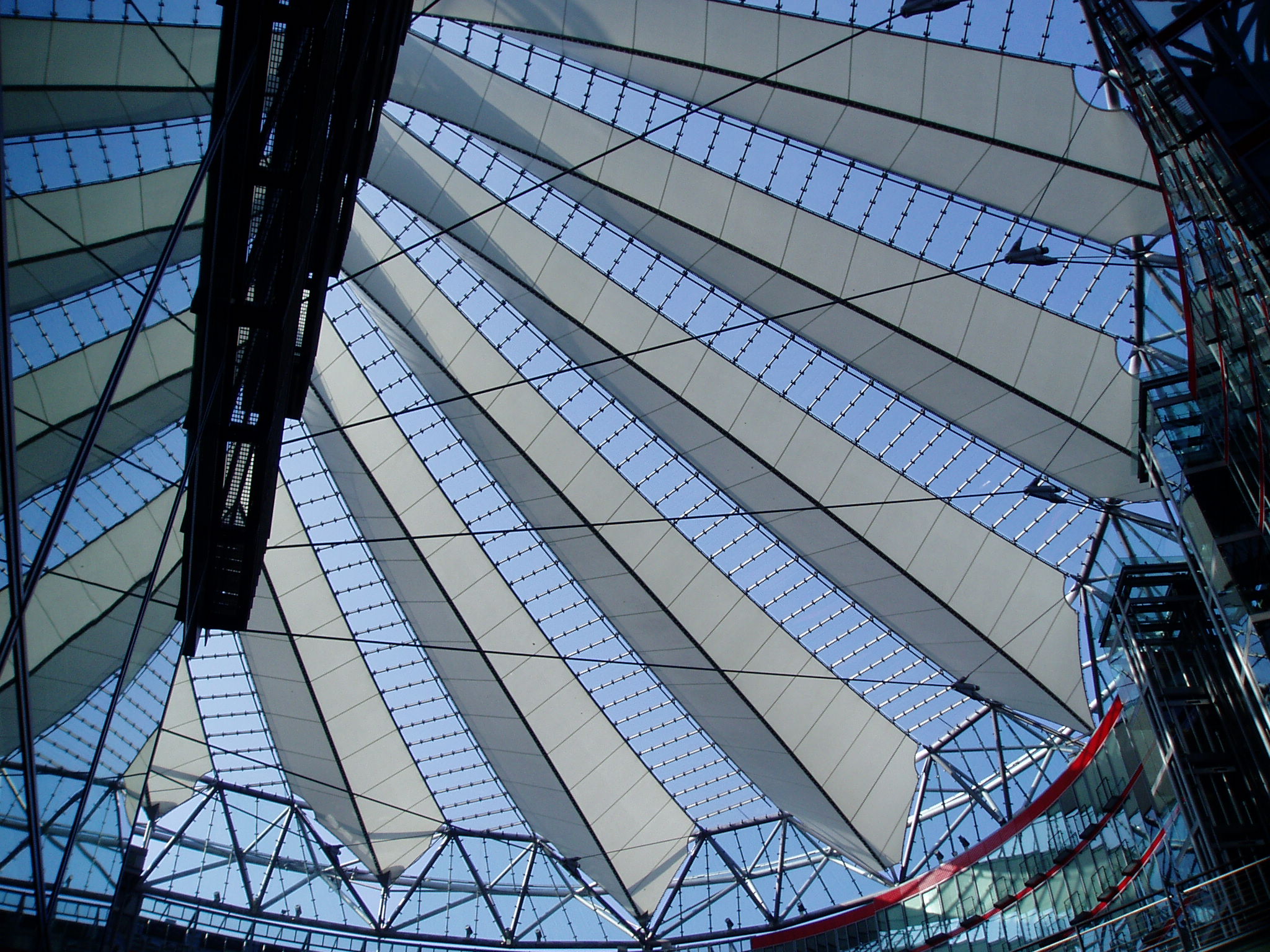
My phone rings again. A stringy mist weaves through the streets – apparently I can do bargains, but I don’t see anyone near me. Who am I meant to bargain with? The game puzzles me. I now am at the Potsdamer Platz, lost in admiration of its sublime architectural heights. I remember Theodor Fontane, and the wordy novels I red as a student over 20 years ago.
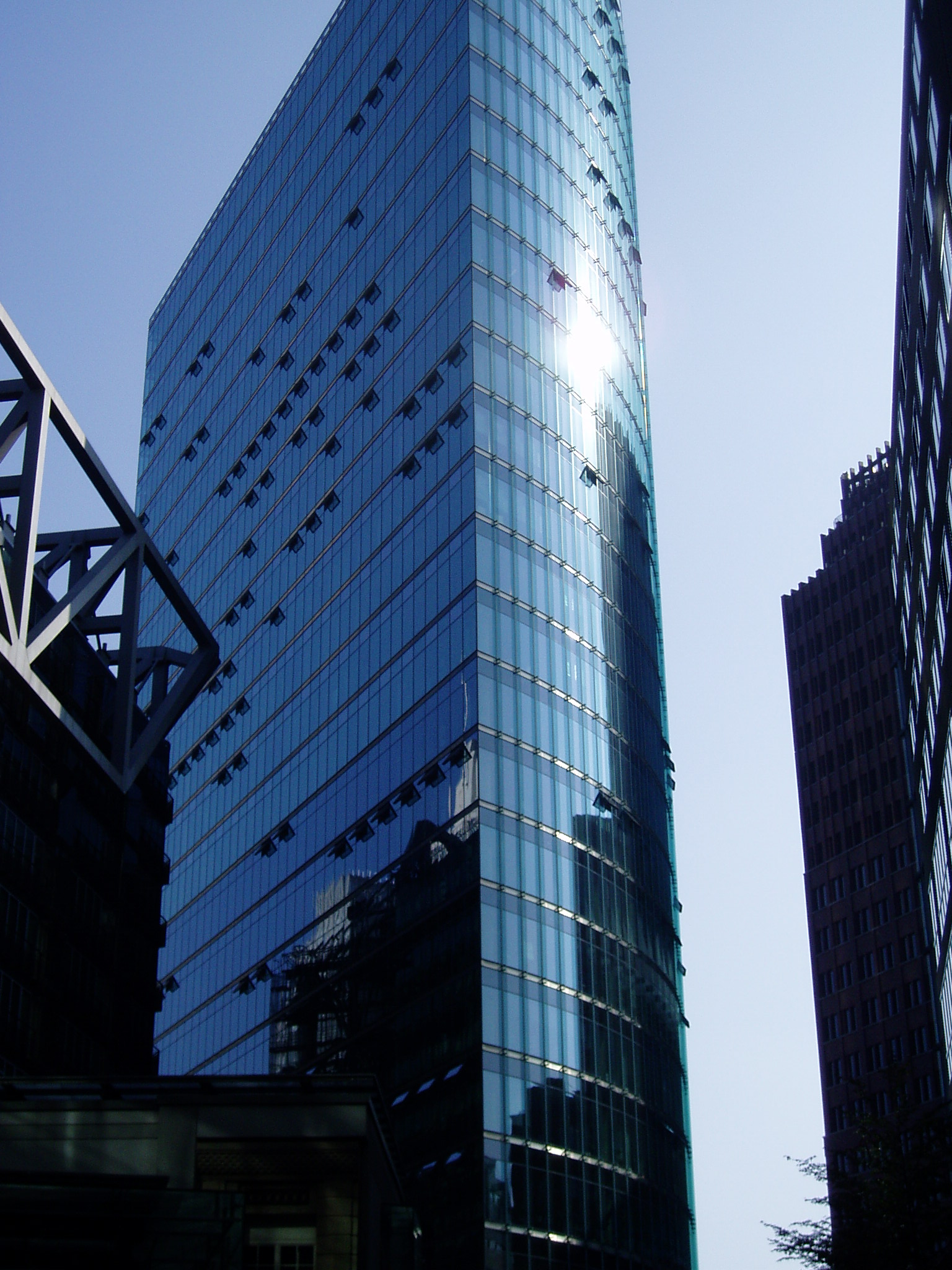
I also recall the history of this site, itself a space of transit, which then became a no man’s land, and now is for many the new centre of Berlin. The game rings again and I am told about a tramp squatting, picking dirt from his nail. This image could not be in stronger contrast with the stark and ‘clean’ beauty of Potsdamer Platz, which, in its turn, is in contrast with its own history. I am desperately trying to leave the canal area within which I appear to be trapped. I long for some form of company and, mistakenly, decide to go to the Locarno.
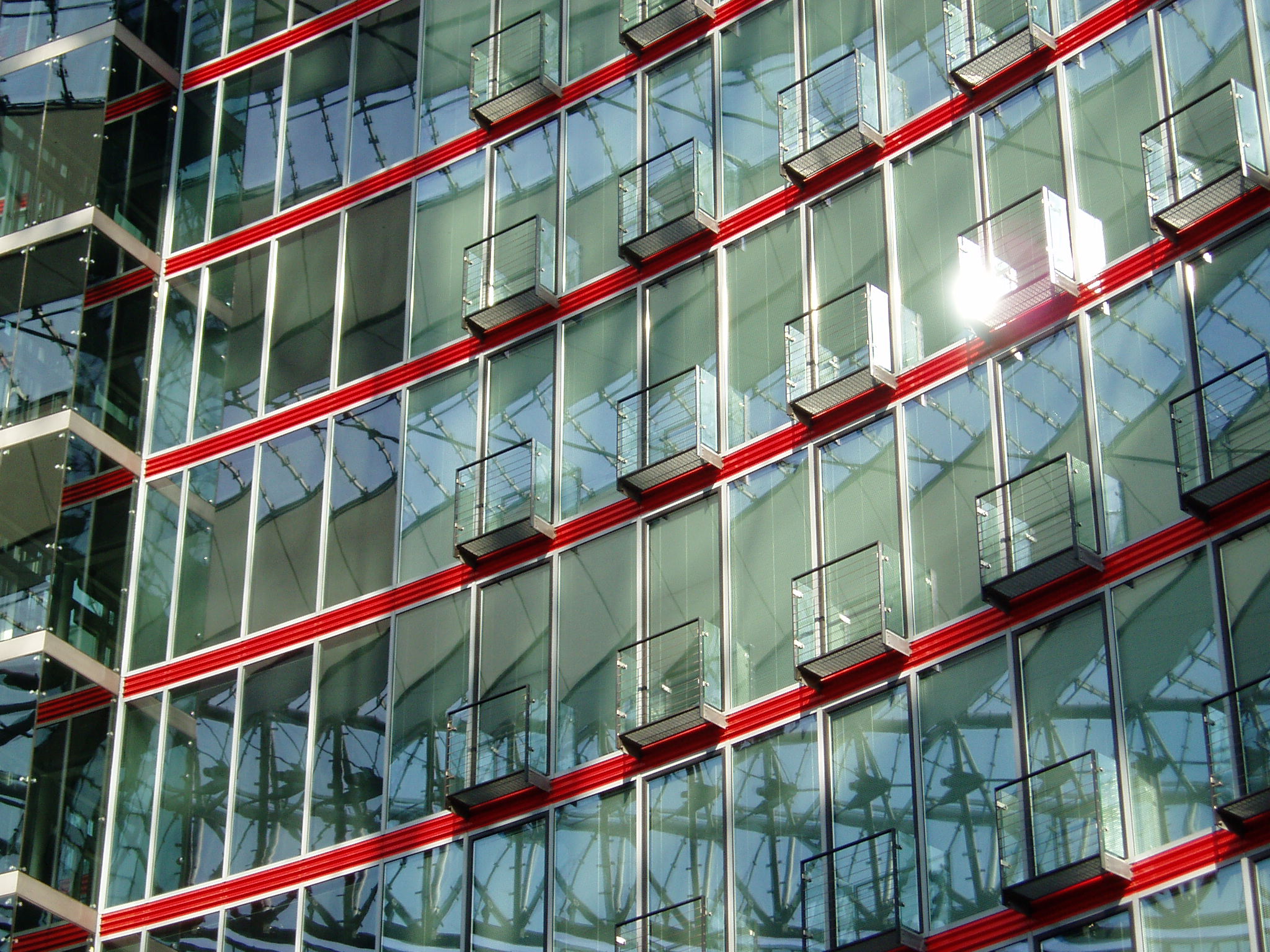
While I have lunch in front of the most harmonic classicist square I know, the Gendarmenmarkt, the phone rings again. I realise then that the Locarno, in which I finally appear to be, is horrible, filthy, and totally empty. There is a metal event at 9 pm – I must remember to come back. Another stark contrast between locations.
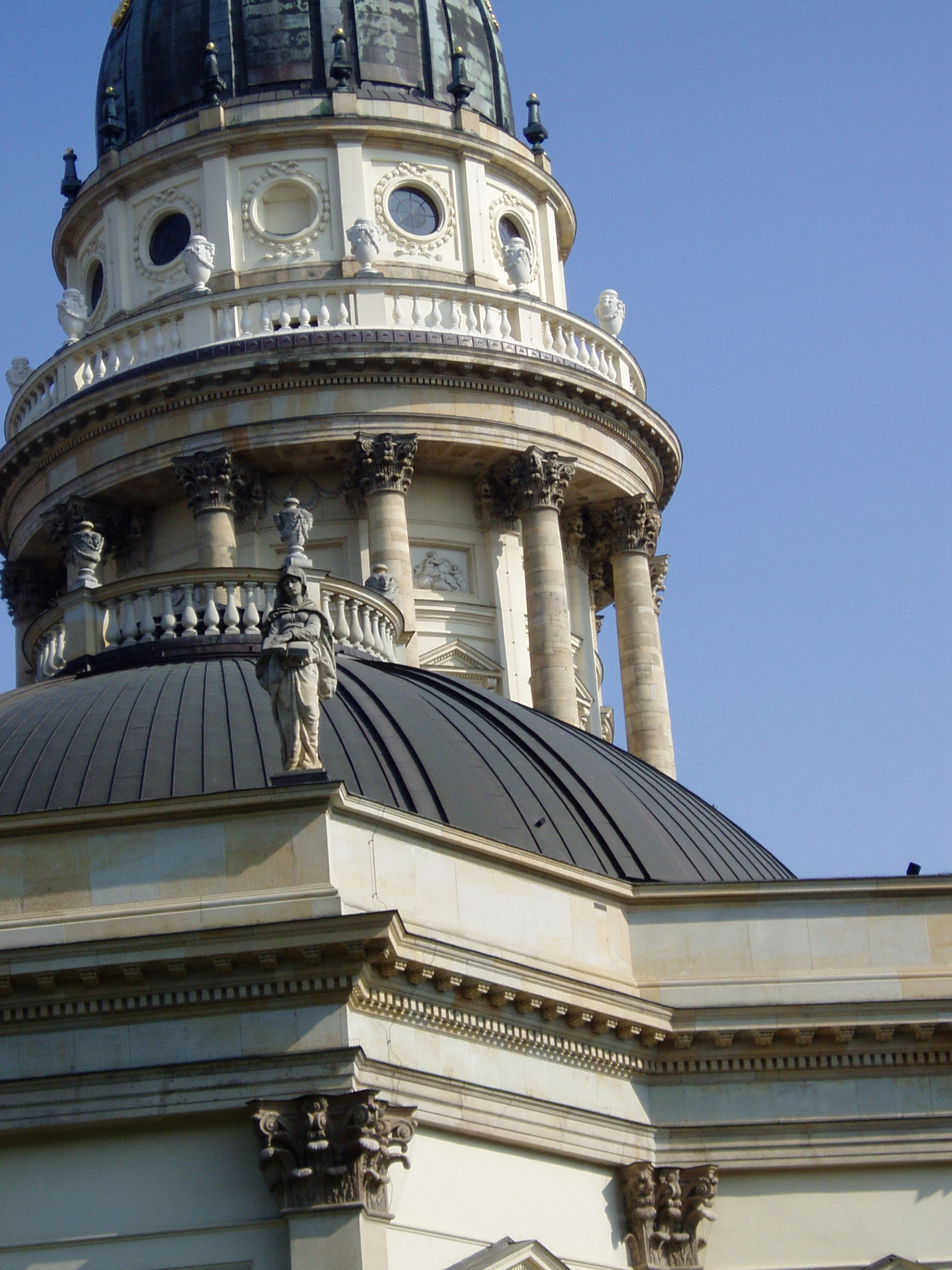
From the Gendarmenmarkt, I walk to HAU2. I can see now, by looking at the destinations’ table, that everyone else is at Kath’s Café and decide to go there. I still have my drums and wish to play them, but somehow I end up in a glitch and nothing happens to me for a long time. I do some emailing, write this text, deal with other, pressing, work, watch the audience, try to communicate the sense of what I see to you, reading my words. The atmosphere in the performance space could not be more different from last night. Only a handful of visitors arrive, of whom one spends a very long time in the space. I talk to the operator after the event. The spectator knew nothing of Blast Theory or new media art in general, but apparently, had a strong interest in figurines. I look at the time and realise that I spent ages watching him, walking around the table again and again, slowly, thoughtfully, picking a figurine, which, I later learn, had to be ‘as close to himself as possible’. This, I can see, was for him a beautiful act of love, an ineluctable letting go of all known for this new overwhelming desire for an other in which he somehow strangely recognised something of himself. I recall this feeling from another context.
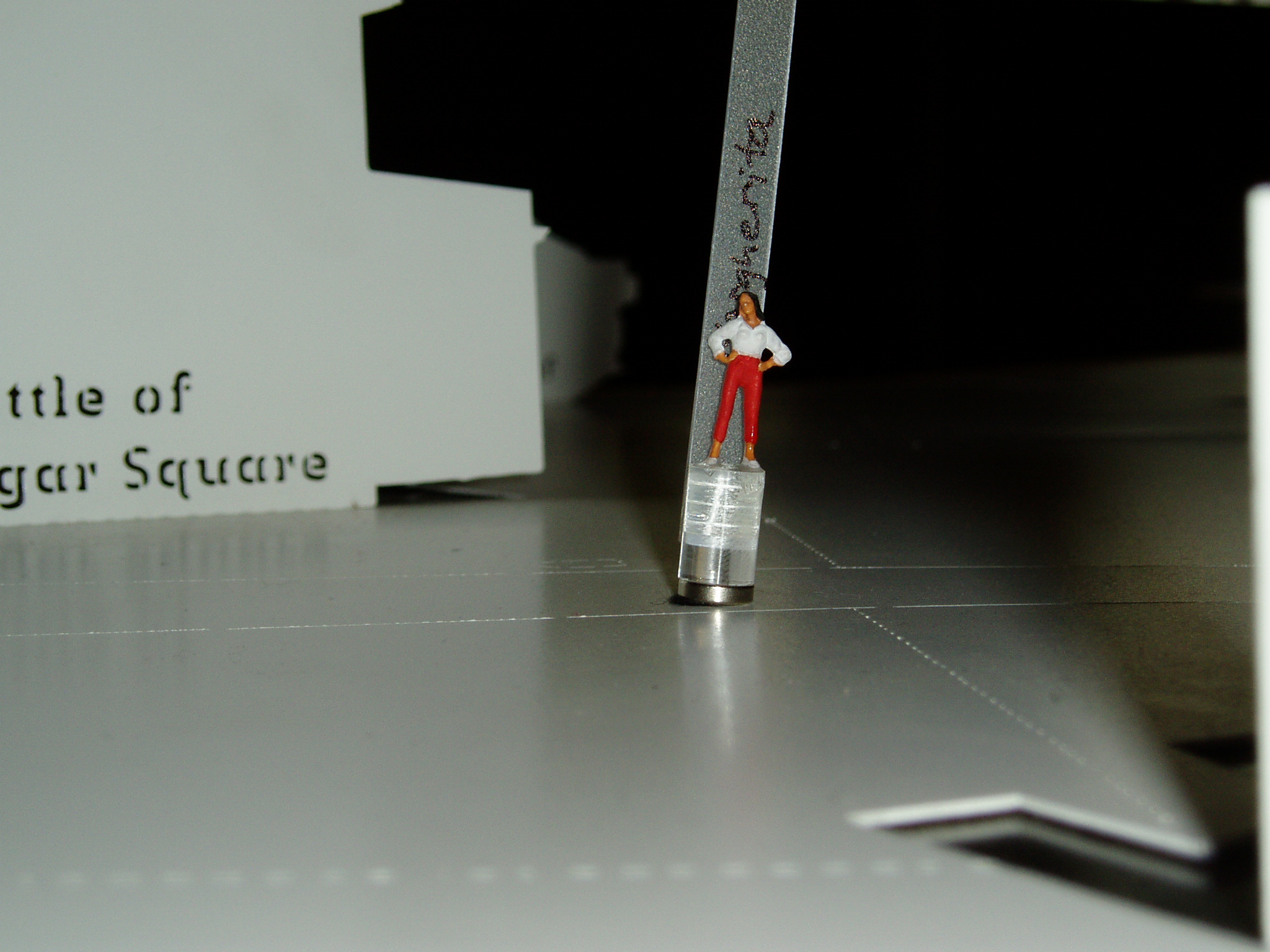
I decide that HAU2 is so quiet that I should leave. I have dinner in a lively restaurant nearby my hotel, and although I can hear one, two… seven messages reaching me, I decide to ignore them all. Instead, I talk to my beautiful daughter who reminds me that I promised to buy her a present. As I set back to my hotel, the phone starts ringing again. Having spent half a day stuck by myself at the canal and the other half trying to leave the Locarno, I find my new company a real pleasure. I meet HASSAN, JOHN MORGAN, who says he is not well, QUEENIE, who has a stepladder and suggests that we should all have a steaming hot cup of tea and WISTY, who is good at remembering the ‘proper’ names of locations (and somehow I do not think that I am here in the company of strangers). I reluctantly drop my drum to have some tea. I don’t know if I feel better, but others appear in better health. JOHN MORGAN suggests we should dance. I love that thought and set off for the nuclear bunker, where, he thinks, there is an excellent dj. The game closes for the night while I am, yet again, between locations.
To follow tomorrow’s game go to Day of the Figurines 30/9/2006




